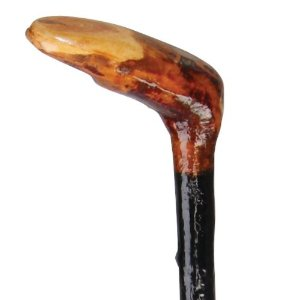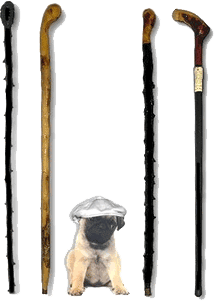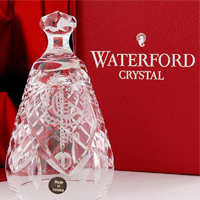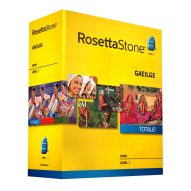The Irish Shillelagh

|
Today's version of the Irish Shillelagh is a walking stick or cane but, to the ancient Irish, the shillelagh was their weapon of choice. The Gaelic bata, or fighting stick, would have been made from oak, blackthorn, ash or holly. It was actually an English writer who coined the term 'shillelagh'. The original stick gets its name from the Shillelagh Forest in County Wicklow, where the forest was once famous for its stands of fine oak trees. Most of them were cut down and exported to Western Europe for furniture making and, sadly, there are few oak trees remaining in Ireland.
Sometimes the knob on the end was hollowed out and filled with molten lead, which was known as a 'loaded stick'. However, in shillelaghs made of blackthorn, the knob was actually the root, and it would not have been necessary to load it as it could pack a significant wallop. The bark is left on for added strength and a metal end is attached to the bottom. During the curing and drying process, sticks would be buried in a manure pile or smeared with fat and placed in the chimney.
The shillelagh is not considered a symbol of Ireland, as such, but a badge of honor for those who carried it. Very young Irish boys were exposed to the traditions of the bata and, when they became of age, their stick represented passage into manhood.
Many young Irishmen practiced with their shillelaghs regularly, as they needed to stay fit and agile with their techniques. While a father would have taught his son to always hold the bata tightly to his chest, a Maighistir Prionnsa or fencing master, would teach the young man the finer points of fighting.
Irishmen would take their shillelagh just about everywhere they went, however, it was at a fair, a wake or a feast day celebration that it was most needed. Up until the great famine of the 1840's, faction fighting was always present at most social gatherings. The factions were mostly members of certain families, political groups or territorial gangs. Sometimes the fights would consist of hundreds of men; women would participate by wielding a stocking filled with stones. After the 1840's, the faction fights gradually died off and the last recorded one was held at a fair in Co. Tipperary in 1887.
Shillelagh fights were not always of the faction variety. Some were sporting events, while others were provoked just for fun. These were friendly fights sometimes ending up somewhat rough, although it was rare for a participant to need the aid of a doctor.
 |
If you have a shillelagh made of oak, ash, holly or blackthorn, you do indeed have an authentic shillelagh. The short, stubby ones sold in souvenir shops are not real shillelaghs, especially when they are tied with a green bow and have a painted shamrock on them.
Disclaimer: LittleShamrocks.com is an affiliate website that receives commissions from sales of the products listed. We have purchased and sampled many, but not all, of the products on these pages.
© Copyright LittleShamrocks.com. All Rights Reserved.




